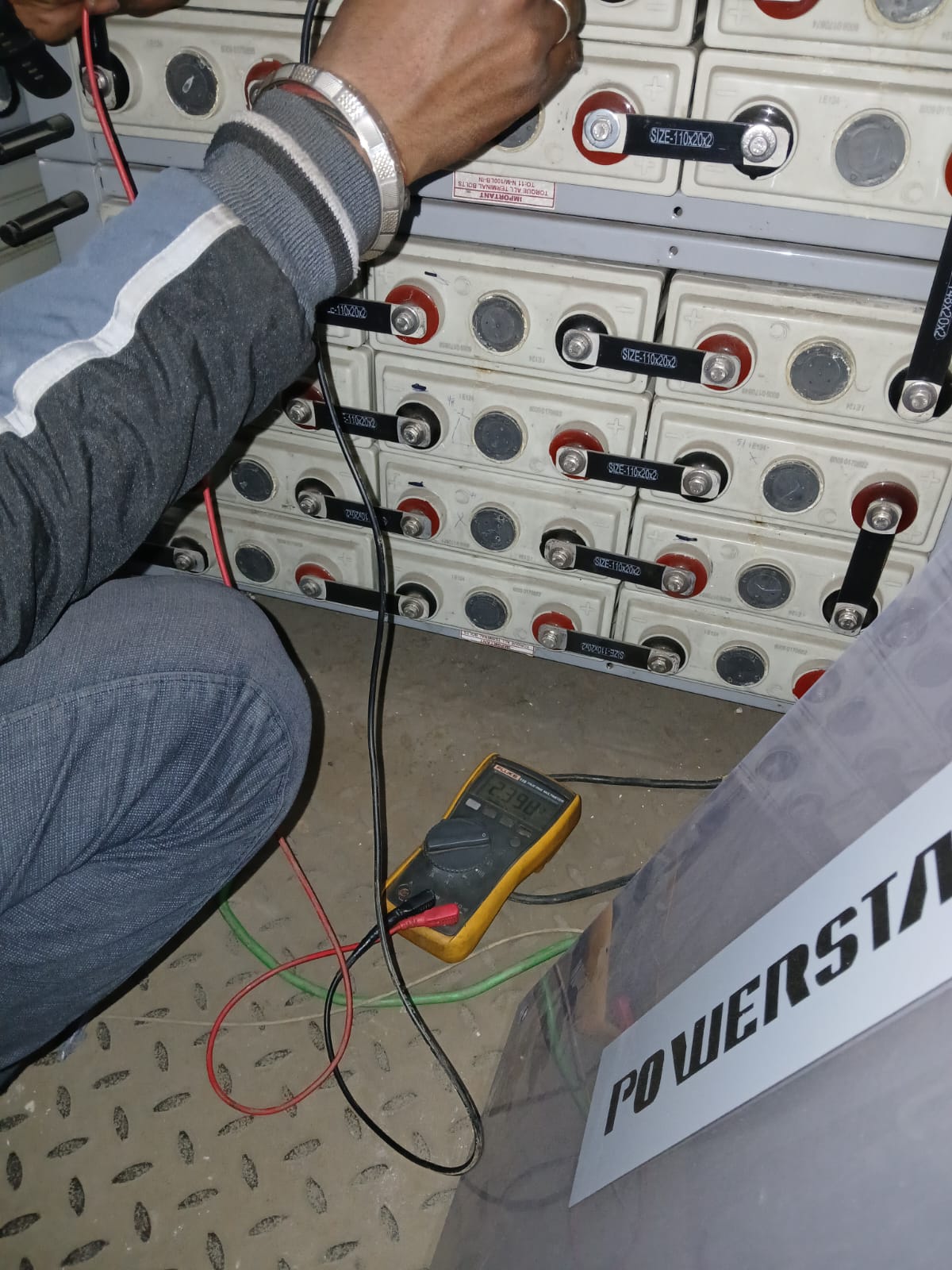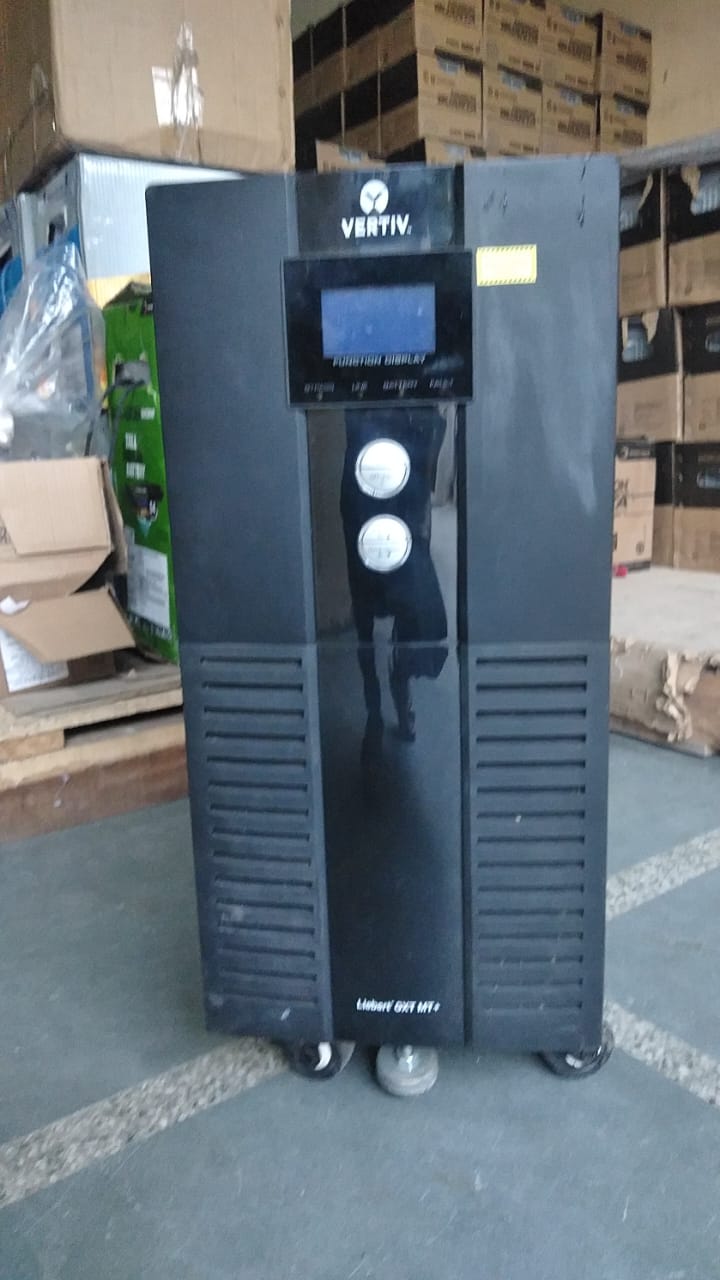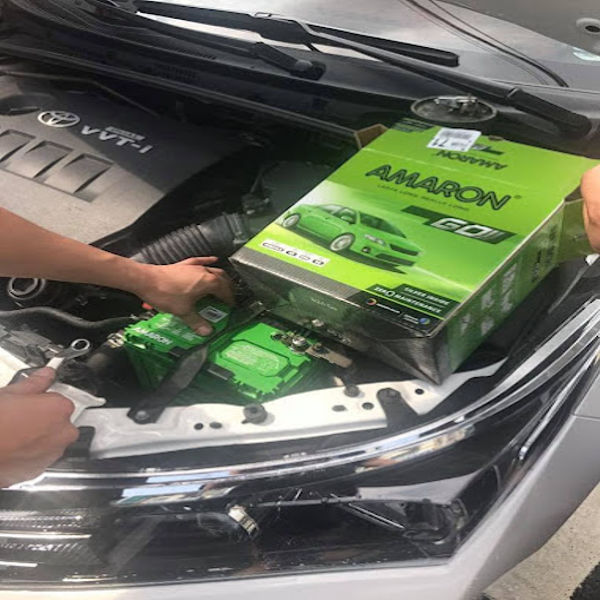Amaron offers a range of batteries specifically designed for two-wheelers, including motorcycles and scooters. These batteries are known for their reliability, performance, and long life. Below are the key details and specifications for Amaron bike and scooty batteries: General Features: Maintenance-Free: Most Amaron two-wheeler batteries are designed to be maintenance-free, eliminating the need for regular water topping. High Cranking Power: Provides excellent starting power, making them suitable for various engine types, including high-performance bikes. Vibration Resistance: Built to withstand vibrations and shocks, which is essential for two-wheelers that are often subjected to rough conditions. Durability: Designed to last longer than conventional batteries, offering a reliable power source over time. Lightweight Design: Typically lighter than traditional lead-acid batteries, making them easier to handle and install. Types of Amaron Bike and Scooty Batteries: Amaron Pro Bike Series: Designed for high-performance motorcycles. Features high Cold Cranking Amps (CCA) for better starting power. Amaron Flo Series: Suitable for a wide range of two-wheelers, offering maintenance-free operation and good performance. Amaron Black Series: A budget-friendly option that still provides reliable performance for everyday use. Specifications: While specific specifications can vary by model, here are some common specifications for Amaron bike and scooty batteries: Voltage: 12V Capacity: Typically ranges from 2.5 Ah to 14 Ah, depending on the model and application. Cold Cranking Amps (CCA): Varies by model, typically ranging from 50 to 200 CCA. Dimensions: Varies by model; common sizes include: 2.5 Ah: Approximately 12 cm (L) x 6 cm (W) x 8 cm (H) 5 Ah: Approximately 15 cm (L) x 9 cm (W) x 10 cm (H) 9 Ah: Approximately 15 cm (L) x 9 cm (W) x 12 cm (H) 12 Ah: Approximately 15 cm (L) x 9 cm (W) x 12 cm (H) Weight: Generally ranges from 1.5 kg to 4.5 kg, depending on capacity. Applications: Motorcycles: Suitable for a wide range of motorcycles, including commuter bikes and sport bikes. Scooters: Designed for various scooter models, providing reliable starting power and performance. Warranty: Amaron bike and scooty batteries usually come with a warranty period ranging from 12 to 24 months, depending on the specific model. Maintenance Tips: Regular Inspection: Periodically check the battery terminals for corrosion and clean them as needed. Secure Installation: Ensure the battery is securely mounted to prevent movement during rides. Avoid Deep Discharge: Try to avoid deep discharges, as this can shorten the battery\'s lifespan. Environmental Considerations: Proper disposal and recycling of lead-acid batteries are essential to minimize environmental impact. Many retailers and manufacturers offer recycling programs. Conclusion: Amaron bike and scooty batteries are a popular choice for riders looking for reliable and long-lasting power solutions. For specific models, detailed specifications, and compatibility, it is advisable to consult the manufacturer\'s catalog or speak with a retailer.
Send Message







